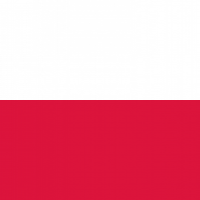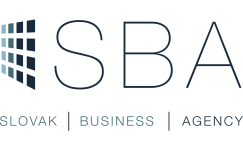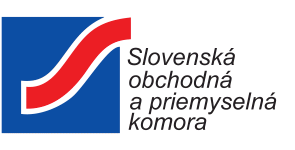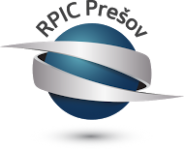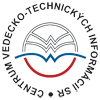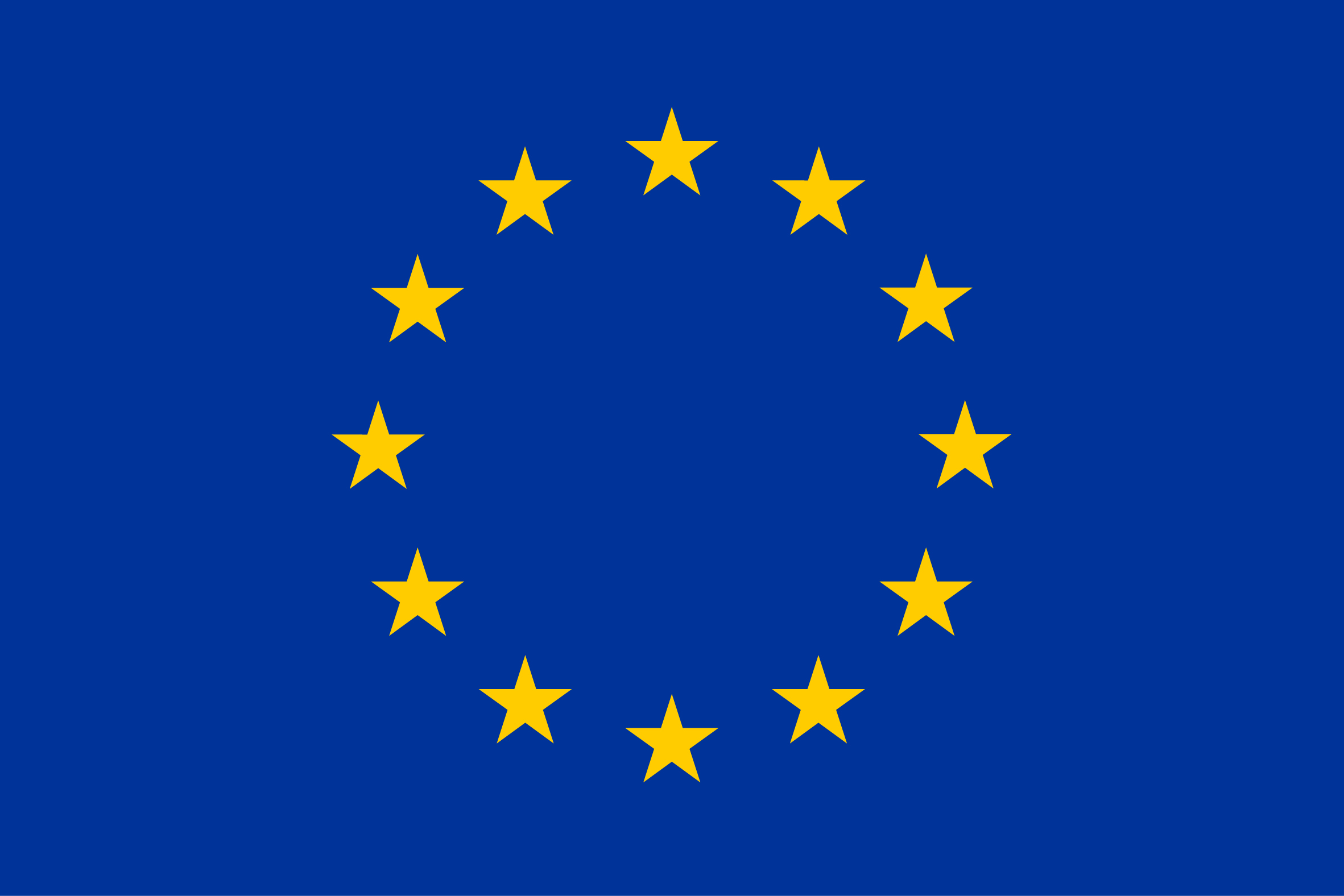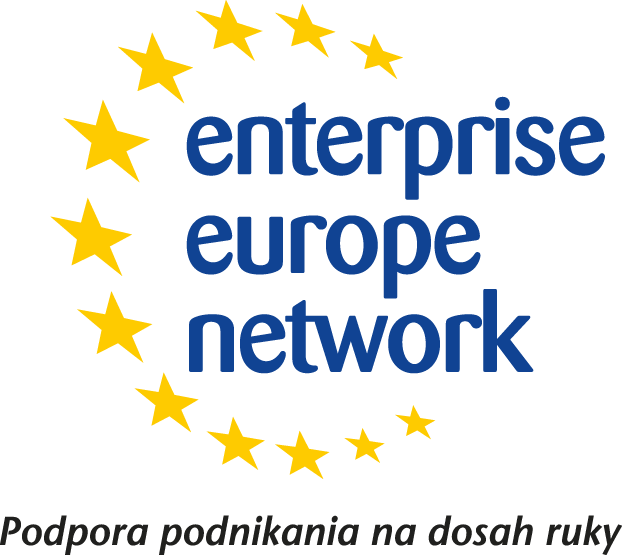Summary:
The Polish independent start-up and the public national research institute from the biotechnology branch have developed a new generation of innovative ventilator, portable respirator to treat Covid-19 patients with respiratory dysfunctions using a new innovative source of ultra-pure oxygen.
They are looking for investors willing to take part in further products’ development in return for an equity in the enterprise.
Joint venture agreement is a type of the considered partnership.
Description:
The Polish independent start-up and the public national research institute from the biotechnology branch have developed a new generation of innovative ventilator, portable respirator to treat Covid-19 patients with respiratory dysfunctions using a new innovative source of ultra-pure oxygen.
The start-up and the institute propose the implementation of an innovative, biochemically activated oxygen source to replace the classic oxygen tank. They will test the potential of the innovative method of controlled H2O2 decomposition (the method was developed by one of scientist of the institute). A prototype device using this method already exists in the institute’s laboratory, but requires further optimization, including making it user-friendly. The estimates indicate the possibility of making a much cost effective respirator. The cost of H2O2 is currently around 1 $ / litre or 0.85 $ / kg.
The cost of H2O2 is largely dependent on the cost of energy. About one million tonnes of this compound are produced each year. Today, its production is largely decentralized. The proposed use of H2O2 is likely to increase production capacity several times. Considering other mass-produced materials, this suggests that the cost will drop to 0.5 $ / litre. Production will be centralized in places where energy costs are the lowest. For example, the cost of delivery of H2O2 produced using Icelandic geothermal energy may be below 0.3 $ / litre.
The innovation of the approach is not about a new method of making respirators, but about changing the source of ultra-pure oxygen generated to support the patient's breathing. So far there is no analogue of the proposed solution on the market.
The proposed solution will significantly simplify the design of current respirators. In particular, it will eliminate the need for cylinders.
It is thought that simple portable respirators based on H2O2 for < 2000 $ can be provide. The cost of the proposed sub-system will be < 900 $.
Two-stage clinical tests are planned. The first clinical tests will be conducted in the laboratory of a biomedical research centre. The device variants will be tested on animals kept in a pharmacological coma for 24 hours.
Clinical tests on patients are planned after the end of animal testing. Proposed clinical tests-PER (Powered Emergency Respirator), which in Europe has a class II-B (EU) will require pre-clinical and clinical testing, through cooperation with a Regulated Body (Notified Body), which ultimately issues the CE certificate.
Clinical parameters that will have to be tested will meet the requirements of: ISO 5356, ISO 5359, ISO 18082 (anaesthetic and respiratory), ISO 10651, ISO 18082, ISO 18562 (biocompatibility evaluation of breathing gas pathways), ISO 80601 (medical electrical equipment, basic safety and essential performance, sleep apnea etc.).
After meeting these requirements, the device that meets them will have an open path to official entry into European markets (EU), later after meeting additional requirements from the FDA, also to enter the US market.
The start-up and the research institute are looking for investors such as Venture Capitals, Equity Funds, Private Equities, Joint Ventures, Angel Investors, etc.
The aim of potential investors will be to financially support further products’ development in order to come up with the finally ready to sell products on the market.
Investors, in return, would acquire equity in the project, depending on the scale of their financial backup.
Joint Venture agreement is considered as a type of a partnership.
Type (e.g. company, R&D institution…), field of industry and Role of Partner Sought:
Investors/ Investment Partners, Equity Funds, VC Funds, Private Equity, Angels are sought.
Their role will be to finance further products’ development.
Stage of Development:
Under development/lab tested
IPR Status:
Secret Know-how
External code:
TOPL20200603001
